Washington Irving Memorial Park
One of New York's most iconic authors is strangely honored by this Oklahoma park.
Quintessential New York writer Washington Irving is memorialized in Oklahoma, a state that did not exist in his lifetime.
No early American writer defined New Yorkers quite like Washington Irving, a man who literally invented the nickname “Knickerbocker” for people from that area. His story is inextricably interwoven with New York, from his history of the state to the church and cemetery that inspired his well-known story, “The Legend of Sleepy Hollow.” Associated forever with his bucolic home, “Sunnyside,” just east of the Hudson River, Irving is — surprisingly — also remembered just north of the Arkansas River in Oklahoma.
In Bixby, a suburb just outside of Tulsa, the Washington Irving Memorial Park pays homage to one of the most unusual periods in Irving’s life outside of New York. Denied a political appointment after capping off a short stint as an overseas delegate to England, the famous author found himself in need of adventure back on the other side of the Atlantic Ocean. He had not stepped foot in his home country for 17 years. He joined an expedition with Henry Leavitt Ellsworth to survey what was then “Indian Territory” in 1832.
Irving’s original plan was to visit Ohio, Kentucky, and Tennessee, but immediately accepted the invitation to travel with the expedition along the Arkansas River. He was particularly excited to interact with native peoples at a controversial time. Only two years earlier, the Indian Removal Act led to the forced relocation of most native tribes; their suffering throughout the process earned the nickname “the Trail of Tears.”
Irving wrote home sympathetically about Native Americans, including Pawnees and Creeks. He also praised the prairies and grassy plains that were so unlike his native New York. He also experienced real rustic life by sleeping in a tent and riding in a raft made with buffalo skin. He was particularly excited to experience areas he believed were “untraversed by white men.” He was, however, less enthusiastic about his attempts at hunting buffalo. Nevertheless, he bundled a record of his time into a book, A Tour on the Prairies, published in 1835.
Today, the Irving Park includes a recreation of the facade of Irving’s famous New York home, Sunnyside, that serves as an amphitheater. On the stage sits a life-size statue of the author himself, smiling broadly for visitors who come to see him in this unusual spot thousands of miles from his home. The 32-acre park also serves as an arboretum and includes a memorial for the Oklahoma City bombing and a beam from the World Trade Center honoring September 11, 2001.





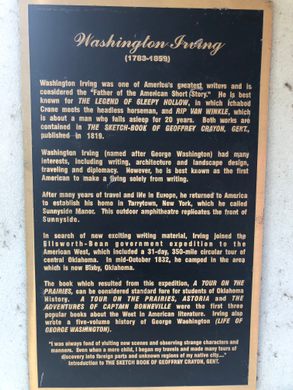
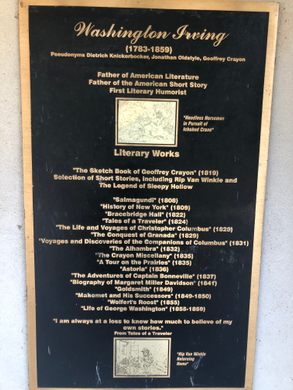
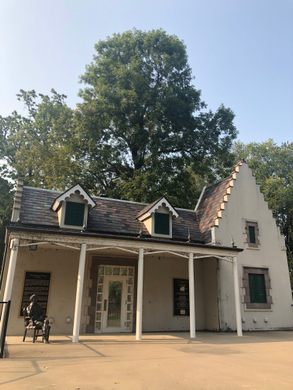
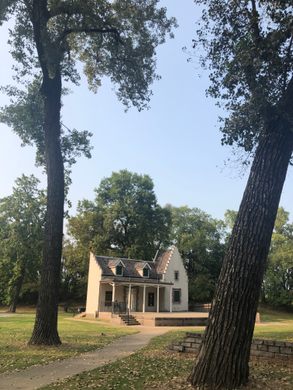

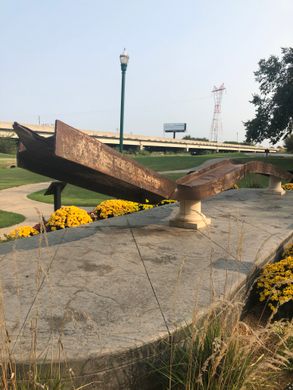

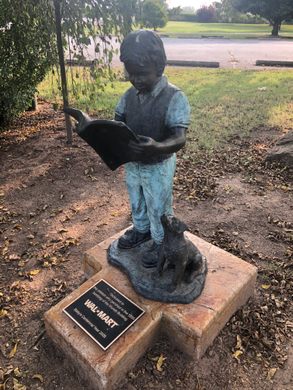






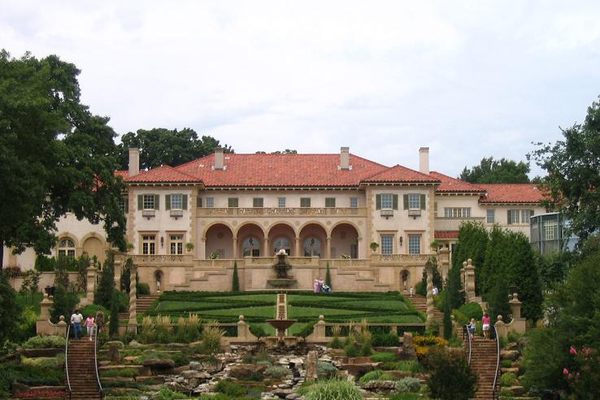

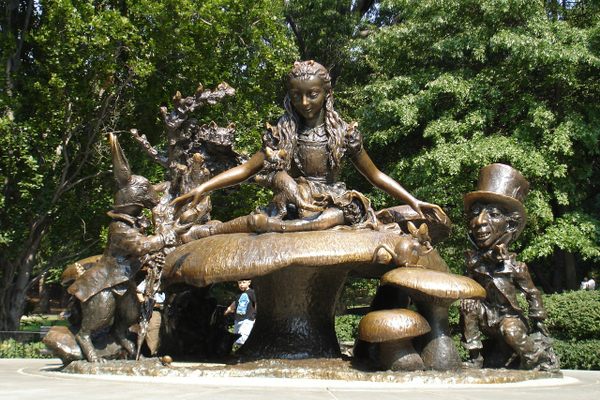



Follow us on Twitter to get the latest on the world's hidden wonders.
Like us on Facebook to get the latest on the world's hidden wonders.
Follow us on Twitter Like us on Facebook